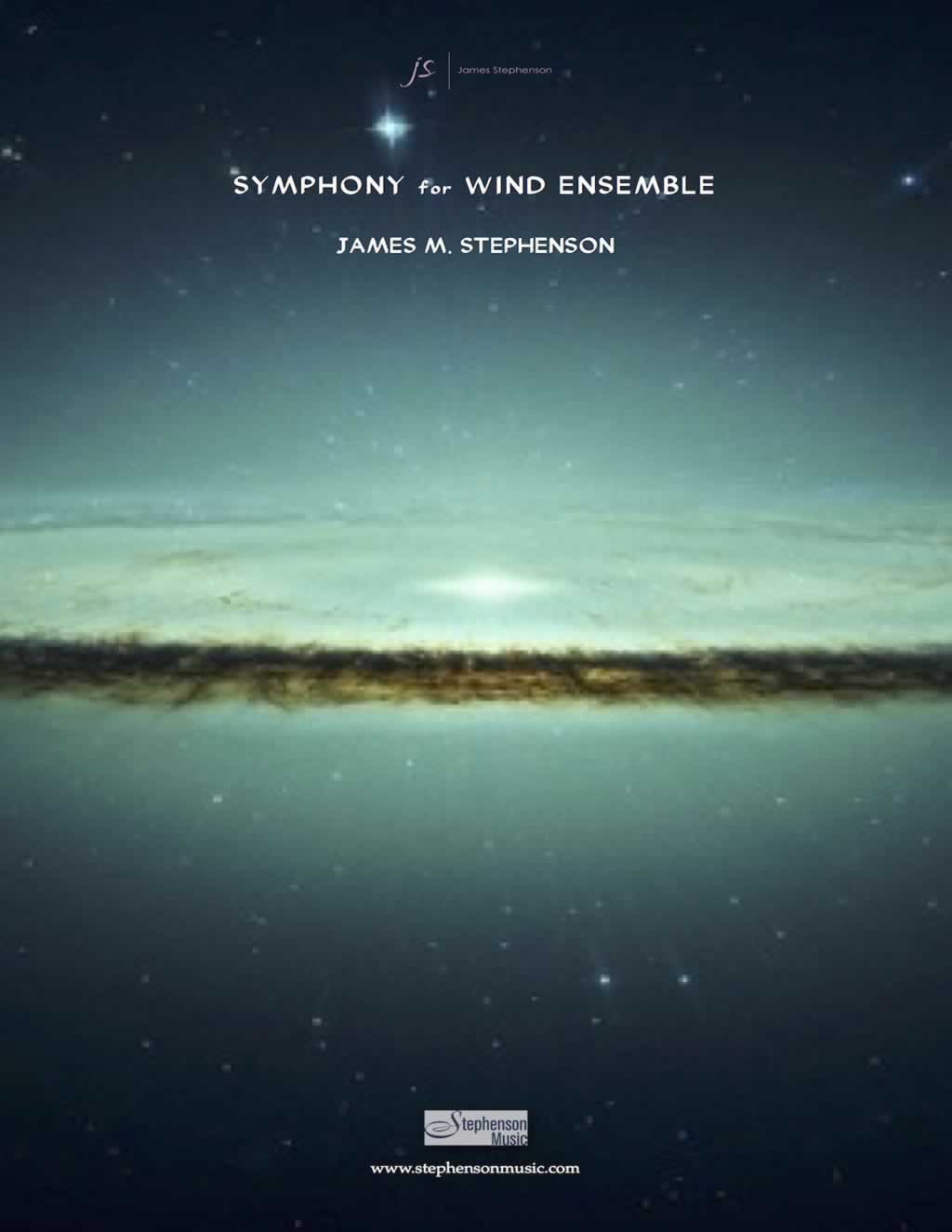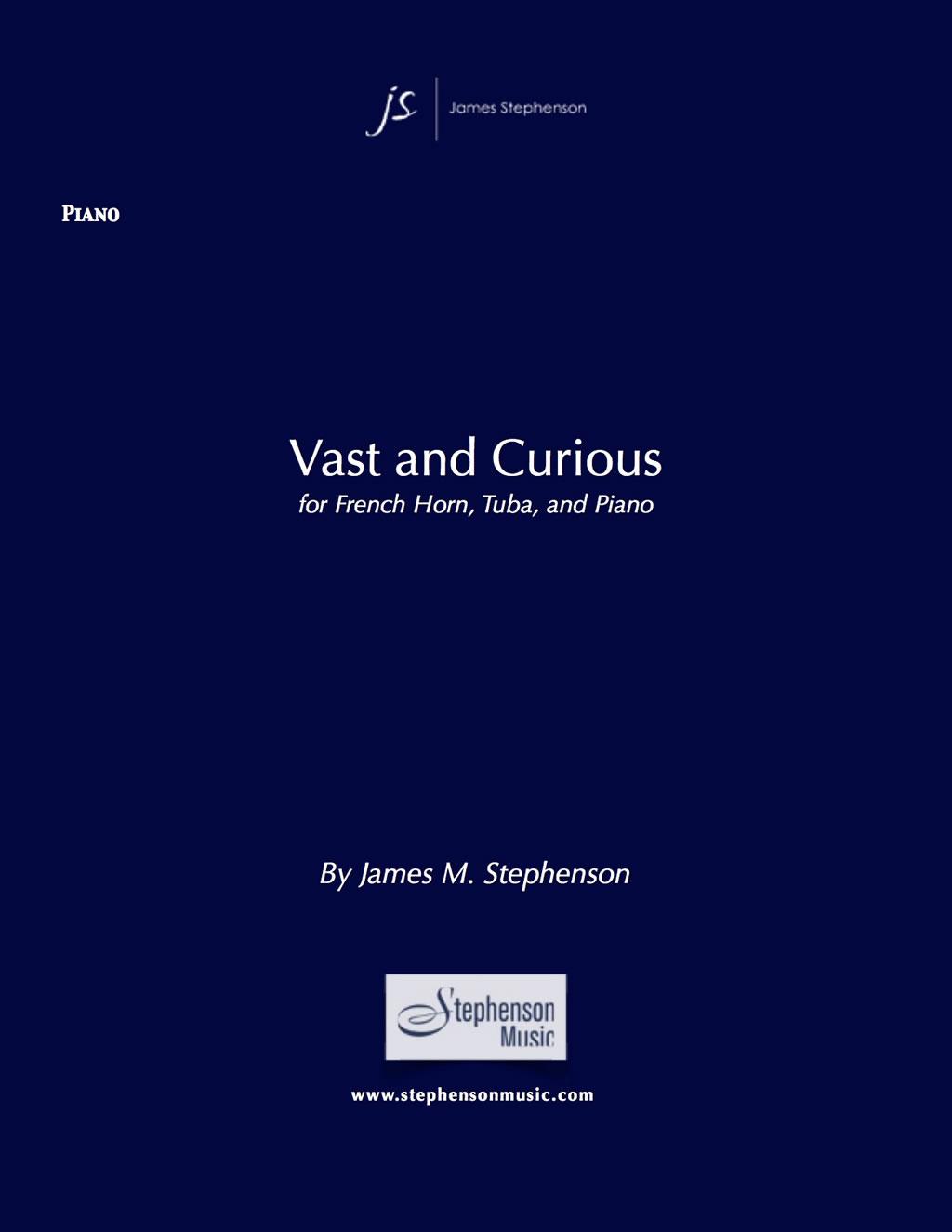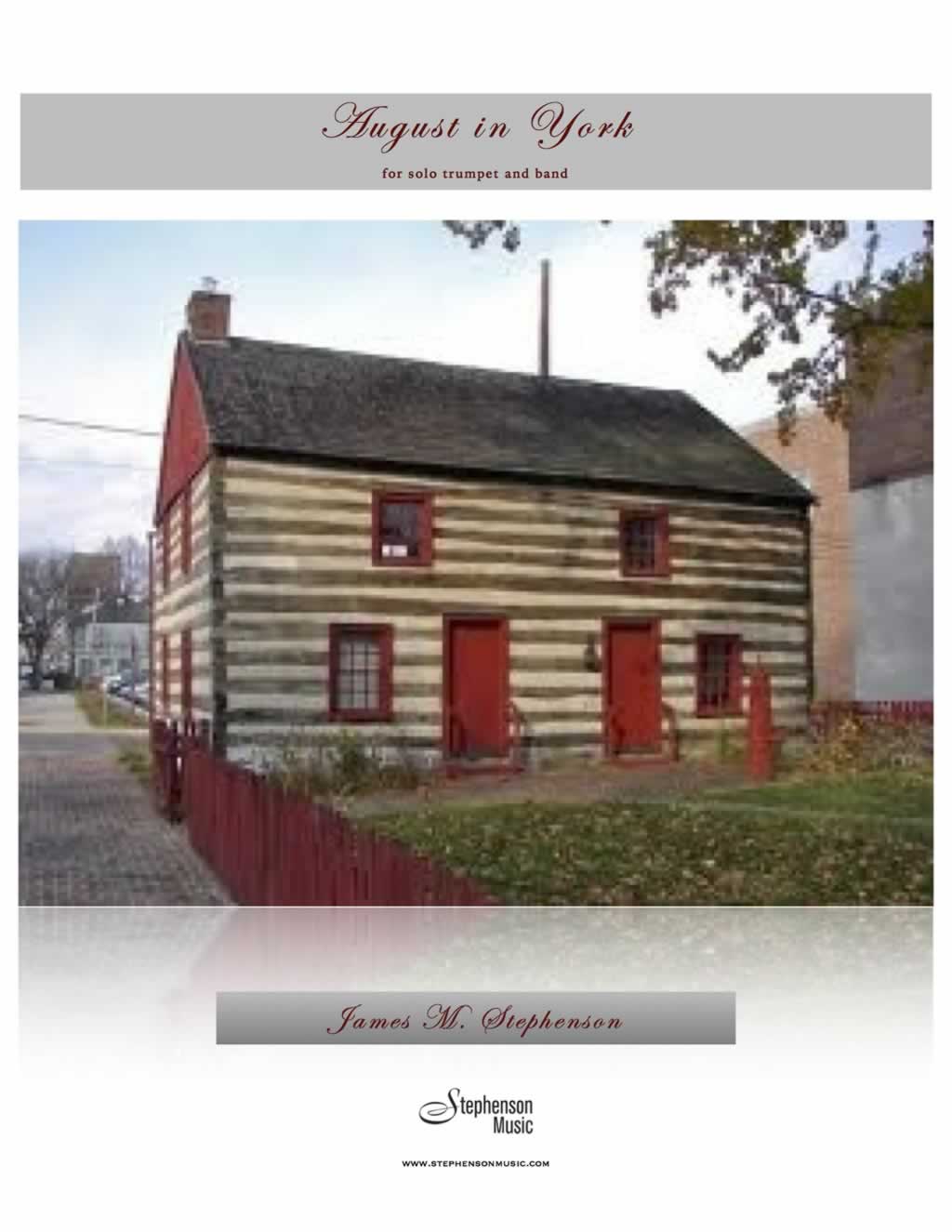Description
Symphony No. 1 (2006)
for wind ensemble
duration: 25’
Commissioned by the USAF Band of Liberty, 1st Lieutenant David Alpar, Commander
In the early part of 2006, I received an unexpected call from an old high school friend: David Alpar. Though we both were trumpeters in high school, we had each moved on to other passions: conducting for him, and composing for me.
He told me he was now conducting the Wright-Patterson Air Force Band and had heard my short orchestral work, American Fanfare. He was interested whether I could re-score it for concert band, which I did. After many successful performances of that work, he “warned” me that when the time came, there would be something significant in the future.
As fortune had it, Dave moved on shortly thereafter to a new post with the Air Force Band of Liberty at Hanscom AFB, and almost immediately held true to his promise. Another unexpected call came, and after a bit of discussion, we decided that the commission would be for a “major work.” It didn’t take long for me to decide that it was time for Symphony No. 1.
The timing couldn’t have been better for me. Having come to composition somewhat late, I still knew that I wanted to have some major works under my belt by that mystical age: 40. It seemed to me that most composers, if they wanted to achieve lasting “significance”, needed to have at least two of the following three works on their resume: violin or piano concerto, a symphony, or an opera. I had just been commissioned for a violin concerto, so the choice was obvious; the opera would have to wait!
The symphony is in four movements. It seemed to me too obvious to start my first symphony with brasses blaring, so I decided on an ironic twist: a single triangle note, followed by a guitar strum. (I wanted to highlight the unique solo instrument available to Dave’s concert band). The movement anxiously attempts to churn into action, only to be stifled repeatedly by the single triangle note. Finally, with the guitar as inspiration, the main theme gets under way, revealing an almost Spanish, or even Eastern European flavor. Ideas and themes get reworked, developed, repeated and augmented throughout the movement, before finally closing out just as it began, but in reverse: this time guitar followed by triangle.
The 2nd movement steals from an angular and shrieking motif of the first, but is presented in opposite fashion: with the warm blend of the low brass. Hints of iconic military symbolism are interspersed throughout this movement, as homage to the commissioning ensemble. The main theme is inverted and awarded to a solo trumpet midway before giving way to a brass fanfare, though not done loudly, but here muted, from afar. The low brass return at the end, fading away to nothing as the bell tolls.
The third movement is merely a short interlude – a break, in almost Gershwin-like fashion – from the seriousness of the movements that precede and follow.
Lastly – the 4th movement is a wild one: with mixed meters and plentiful percussion penned to propel the movement throughout. The movements’ themes are all reworkings of material presented earlier.
Only after several minutes does it shift gears and allow for the return of the guitar; here the flute (accompanied by the guitar) reminds us of the theme of the Interlude (3rd movement), set this time in
the same blend and nuance of the 1st movement. The coda follows, and revs up to the exciting conclusion: the triangle again returns with a triumphant trill, but is joined, as expected, by brasses blaring!
I would be remiss if I didn’t extend a most sincere thanks to David Alpar for having the trust in me to allow for the creation of such a work as this. It is with my sincerest gratitude that I dedicate the score of my Symphony #1 to David Alpar and the United Stated Air Force Band of Liberty.
Note about performance: the composer prefers one player per part for this work.
Notes about Percussion scoring:
The symphony is scored for a minimum of three percussion players (thought they will be very busy!). I have included two optional parts, for a possible total of five players. This would be preferable, in order to have all parts covered – but I have tried to score it with a variety of performances circumstances in mind.
Additional information
| Duration | |
|---|---|
| Type of Purchase | |
| Type of Work | |
| Band Category | 5 |





